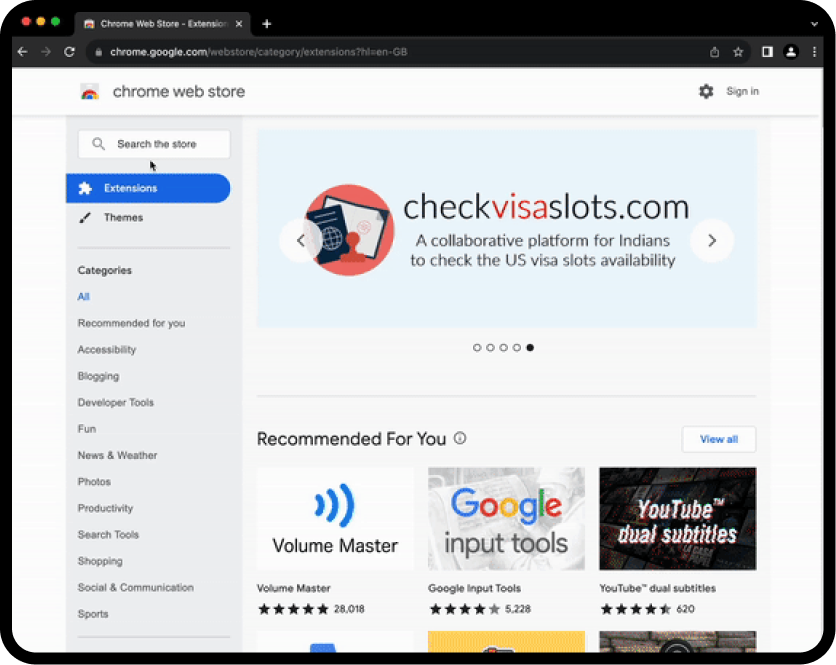PMX to OBJ Converter
A targeted conversion tool for 3D artists and game developers to translate PMX models into OBJ format, enabling compatibility with common engines and asset pipelines.

Check It Yourself
About This Tool
This tool converts 3D models from PMX to OBJ, preserving essential geometry, normals, UVs, and material references where supported. Target users include 3D artists, game developers, and asset pipelines that require compatibility with engines and tools that do not read PMX files. The converter accepts a PMX file, analyzes its topologies, and outputs an OBJ mesh set alongside an MTL material library. It is designed for batch processing in production workflows and for interoperability between modeling suites such as PMX editors and engines like Unity or Unreal.
Core operation reads the PMX binary format, extracts vertex data, face indices, UVs, vertex colors (when present), bone-related attributes (note: OBJ cannot encode bones; data is exported but bones are omitted or mapped to placeholder groups), and texture references. It writes OBJ sections for vertices, texture coordinates, normals, and faces, and generates an MTL file that mirrors material definitions and texture filenames. Optional scaling aligns model units to meters, while a flip-winding option addresses coordinate system differences. Textures are copied or linked when already accessible; unresolved textures are reported via a structured output, not a user dialog.
Key differentiators include robust loss-minimization of geometry, explicit handling of texture coordinates and materials, and predictable output suitable for automated pipelines. The tool reports export statistics, validates reference integrity, and flags unsupported PMX features with clear error codes. Common use cases include exporting characters or props for game engines, archiving PMX libraries, or converting assets for cross-tool collaboration. Limitations include lost bone hierarchies and morphs that do not map directly to OBJ, which should be processed in a separate pipeline stage if required.
How to Use
1. Provide inputs: select the PMX source file and specify OBJ as the target format. 2. Configure optional parameters: set a scale factor, enable/disable texture export, and choose coordinate handling options. 3. Run conversion: initiate processing to generate OBJ and MTL files. 4. Retrieve outputs: download or access the OBJ, MTL, and any copied textures; review the export summary. 5. Validate in engine: import the OBJ/MTL pair into the target software and verify geometry and materials. 6. Adjust if needed: correct texture paths or scale, re-run with updated options. 7. Archive: store the converted assets in the production repository.

FAQs/Additional Resources
Find Quick Answers
What formats are produced?
How are bones and morphs handled?
What about textures?
Can I adjust units during conversion?
User Reviews
See What Others Are Saying
Explore Related Tools
More Solutions for Your Needs
SVG to JPG
Convert scalable vector graphics (SVG) to high-quality JPEG images for web publishers, designers, and developers.
SVG to PDF Converter
Converts SVG vector graphics to PDF for designers, developers, and content teams needing portable, print-ready vector documents.
Your Feedback Matters
Help Us to Improve

 Norwegian
Norwegian
 Danish
Danish
 German
German
 English
English
 Spanish
Spanish
 French
French
 Italian
Italian
 Dutch
Dutch
 Portuguese
Portuguese
 Swedish
Swedish
 Hebrew
Hebrew
 Arabic
Arabic









